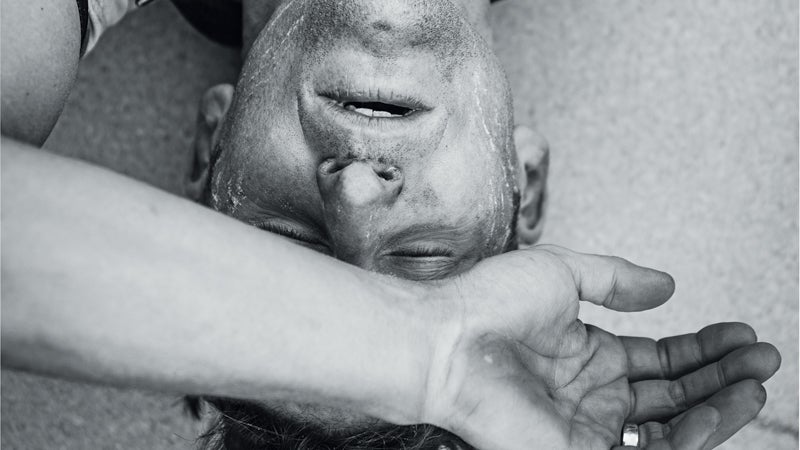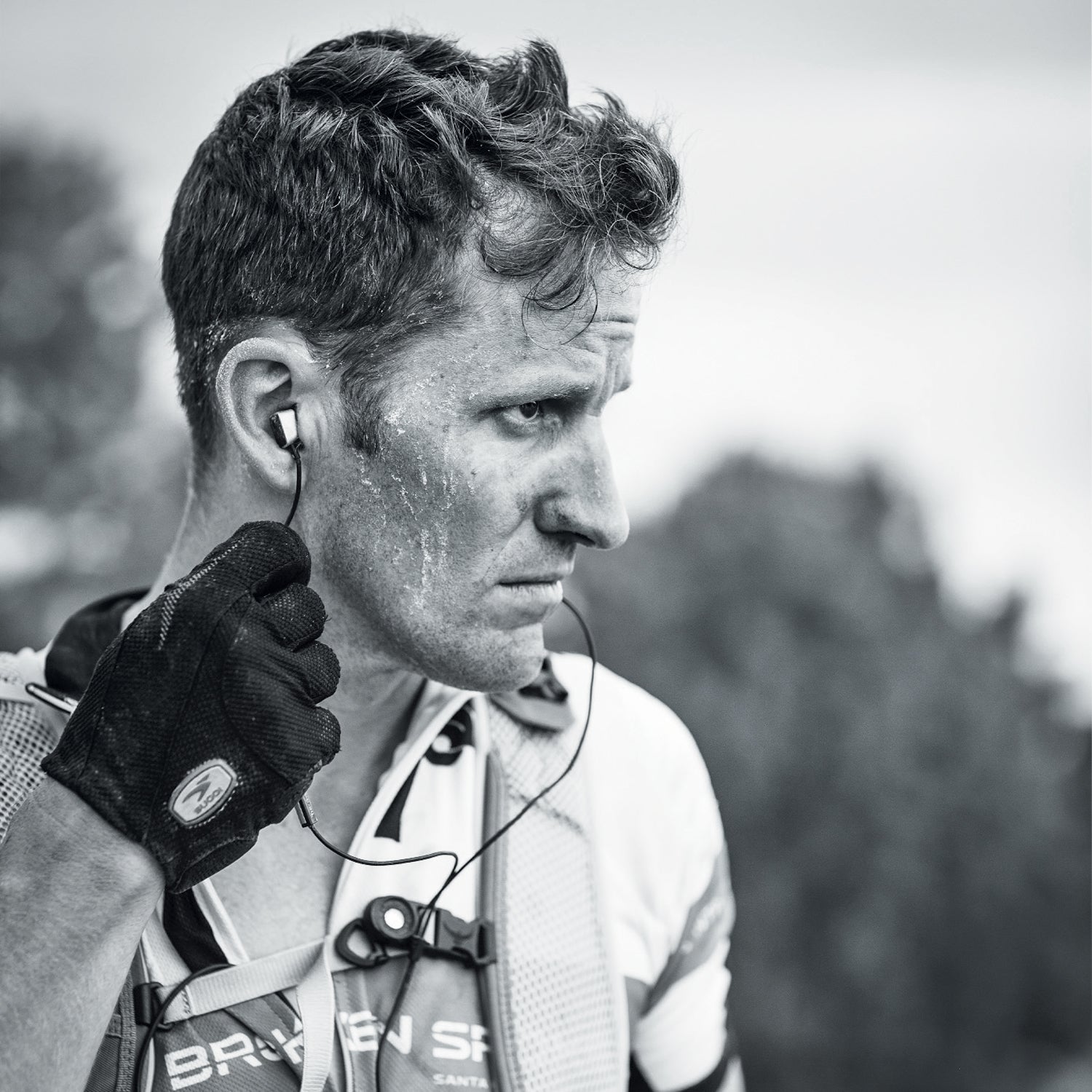In April 2013, after many years of trying, I completed the Arizona Trail 300, a self-supported mountain-bike race held on isolated singletrack in the Sonoran Desert. I rode hard and finished first of 52 starters in a record time of 51 hours 59 minutes. But I missed my goal of finishing in under two days.
That got me wondering about what else I could do to improve my time. For amateur athletes like me, there’s a whole new world of fitness devices and apps that can track key metrics, from speed and mileage to heart rate and power output. But as I learned through experimentation, simply recording data doesn’t do all that much for you. I needed a way to interpret the numbers and tailor my training accordingly. I didn’t need a new gadget or app—I needed a coach.
I’m not alone in thinking this way. Despite the high monetary cost—personal coaching starts at around $150 per month—more and more amateurs are signing up to work with coaches who offer custom plans and feedback. “Over the past few years, we’ve seen an increasing number of athletes seeking coaches to help them interpret data from devices like GPS and power meters to help improve performance,” says Linda Cleveland, senior manager of coaching development for . In 2013, , an outfit based in Colorado Springs that has coached over 10,000 athletes, saw a client increase of 17 percent. Most are thrilled with the results.
“According to our recent data,” says Jeff Gaudette, an elite marathoner and owner of the training website , “advanced runners who turn to a coach see their times improve an average of 7 percent in six months, while intermediate runners improve 10 percent in the same time frame.” Gains are even more striking for novices.
The firsthand stories are just as encouraging. When Jonathan Davis, a 43-year-old fitness consultant and bike-shop owner in Black Hawk, Colorado, returned to mountain-bike racing after a 13-year hiatus, he found it tough to keep up with younger racers. “I hired a coach with the hope of enjoying the races more and possibly scoring a top-ten finish or two,” Davis says. In two years, he racked up wins at , the , and the . “There’s no doubt that my accomplishments are a direct result of coaching.”
With the 2014 looming, in December I turned my training strategy over to former mountain-bike national champion Lynda Wallenfels, owner of Utah-based and coach to many of the country’s top ultra-endurance mountain bikers. Her first step was a detailed phone interview to determine my strengths, weaknesses, and goals, followed by a field test to establish my fitness baseline. With my power and heart-rate numbers in hand, as well as ride files from my entire 2013 season, Wallenfels began crafting my plan.
The AZT 300 is an ultra-endurance event, so most of my work was geared toward increasing my ability to hold solid power numbers for long periods of time. Over the next four months, I averaged 15 hours of riding per week, including a couple of 20- and 25-hour weeks. In addition to saddle time, Wallenfels prescribed strength and flexibility workouts five times a week. Compared to my self-coached regimen, she had me riding harder, resting more, and spending several extra hours a week focused on cross-training.

I shared every ride file with Wallenfels via the sports-tracking software Training Peaks, took her input on nutrition to get my weight and body-fat percentage down, and filled out daily surveys covering fatigue and motivation levels. She used all this info to make weekly adjustments to my training, something I’d never been able to do effectively on my own. In the run-up to the race, I suffered a two-week bout of the flu, and Wallenfels tweaked my training load to make sure that I recovered without losing weeks of hard-earned conditioning.
When I finally arrived at the start of the AZT 300, I wasn’t as anxious as in past years. I knew I had done everything I could to prepare. About 17 hours in, I suffered from some stomach issues and struggled to choke down calories. Thankfully, my legs stayed strong and propelled me to a fast finish in the last four hours. I was only good enough for second place, but I squeaked in just under my goal, in 47 hours and 59 minutes—a full four hours faster than my previous time.
“The point of getting a coach is to know what your best can be,” Wallenfels told me at the start of training. It’s clear that she helped me meet my goal of 48 hours. And given my refueling difficulties, I feel like I still have a better ride in me.
When AZT season arrives next year, the first thing I’ll do is call my coach.
Train Like a Pro
Mix It Up
Repetition, whether in pedaling or running, leads to imbalances in the body and even injury. Add two 30-minute sessions per week of core and flexibility training, and always finish your primary workout with light stretching and foam-roller time.
Build with Blocks
While many amateur athletes train at the same intensity and frequency year-round, coaches use a periodization schedule that increases load and fitness in stair-step blocks, with rest breaks in between. Wallenfels advocates three weeks of training followed by one week of recovery. Three to four blocks constitute the lead-up to peak event performance.
Rest Well
Your body also needs time to recover during back-to-back training days. Wallenfels insisted that I skip, say, Monday’s workout unless I got eight hours of sleep after a hard Sunday.


